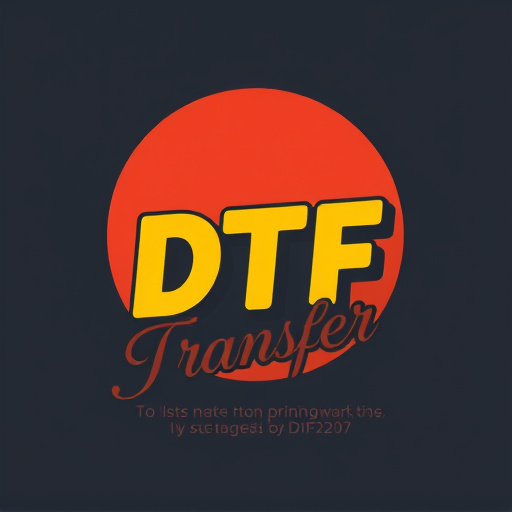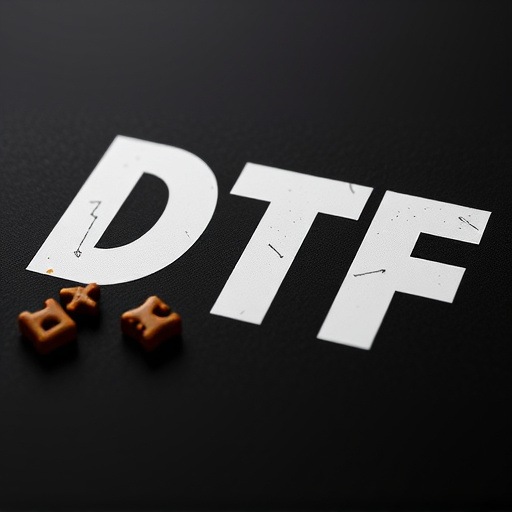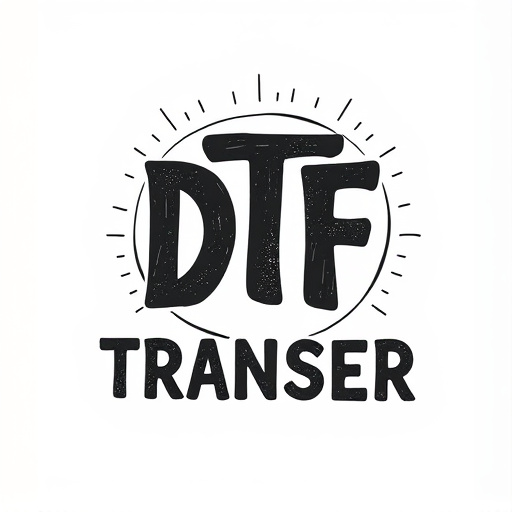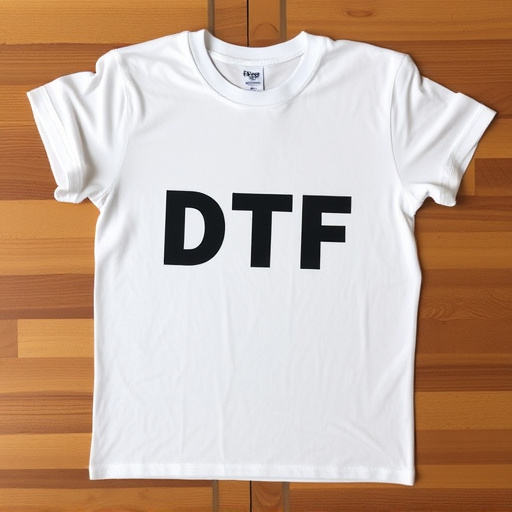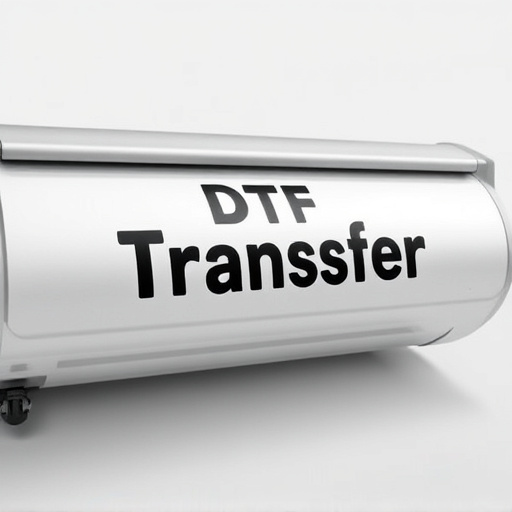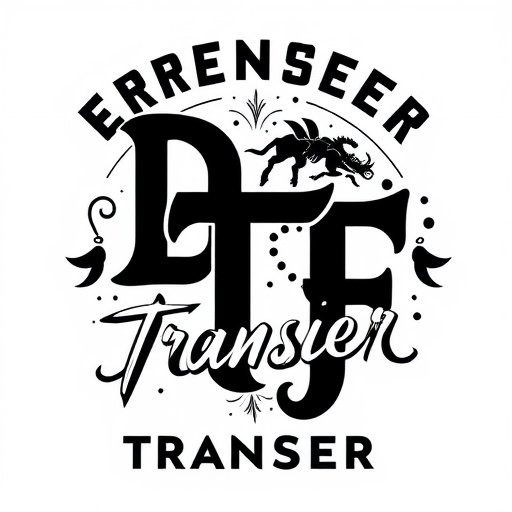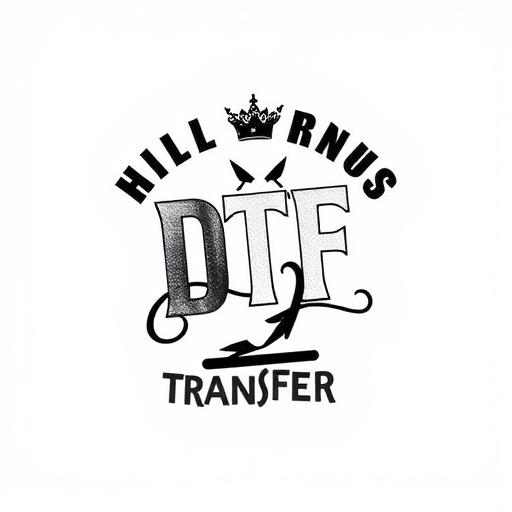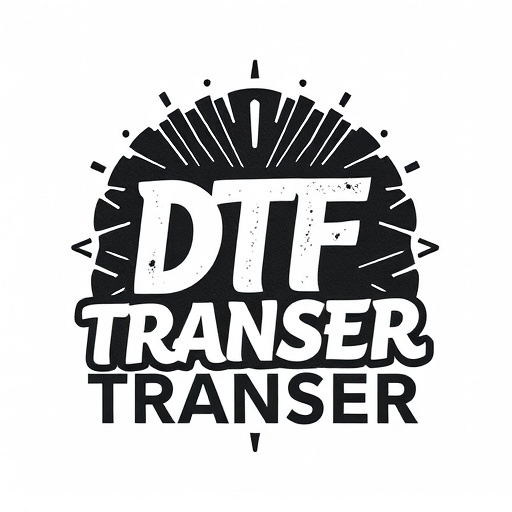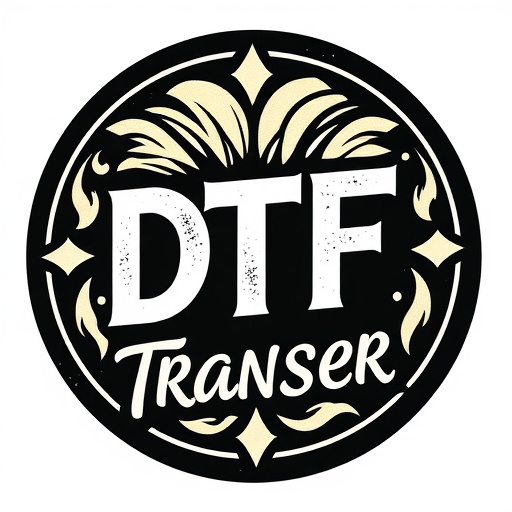Direct-to-film (DTF) transfers are a cutting-edge technology for printing or marking various materials in manufacturing. This method directly applies designs using specialized inks onto substrates like metal, plastic, wood, and glass, eliminating intermediate steps. DTF offers fast production times, high accuracy, and consistent quality, making it a preferred choice for efficient, cost-effective, and durable marking solutions. Heavy-duty DTF transfers ensure exceptional durability, fast setup times, and efficient material use, leading to significant production cost savings. Selecting the right DTF technology involves considering material compatibility, printing method (flexographic vs digital), and specific product needs. Case studies highlight its advantages in automotive, electronics, textiles, and packaging industries. The future of DTF transfers looks bright with technological advancements, promising enhanced print quality, durability, and integration of smart materials.
“Discover the game-changing potential of heavy-duty direct-to-film (DTF) transfers for manufacturing environments. This comprehensive guide explores the transformative power of DTF technology, highlighting its numerous advantages in enhancing productivity and quality. From understanding the fundamentals of DTF transfers to implementing them in various industries, we delve into the key benefits, choosing the right technology, setup processes, and future trends. Uncover how DTF prints can revolutionize your manufacturing landscape.”
- Understanding Direct-to-Film (DTF) Transfers: A Comprehensive Overview
- The Advantages of Heavy-Duty DTF for Manufacturing Applications
- Choosing the Right DTF Transfer Technology for Your Needs
- Implementation and Setup: Getting Started with DTF Printing in Manufacturing
- Case Studies: Successful DTF Adoption in Various Industries
- Future Trends and Innovations in Heavy-Duty DTF Transfers
Understanding Direct-to-Film (DTF) Transfers: A Comprehensive Overview

Direct-to-film (DTF) transfers are a cutting-edge technology that offers an efficient and precise method for printing or marking various materials, particularly in manufacturing environments. This innovative process eliminates the need for intermediate steps, such as creating physical templates or masks, by applying designs or graphics directly onto the desired surface using specialized inks or coatings. DTF transfer is a versatile technique that can be utilized on a wide range of substrates, including metal, plastic, wood, and glass, making it an ideal solution for industrial applications.
DTF printing involves several key steps: first, the design or image is digitally prepared, ensuring optimal resolution and color accuracy. Then, a film or sheet containing the pattern is produced using high-quality materials. This film acts as a mask during the transfer process, allowing precise application of the design onto the target material. The DTF film can be custom-made to fit specific shapes and sizes, enabling complex and intricate patterns. Once the film is aligned correctly, it’s pressed or heated against the substrate, transferring the graphic precisely. This method ensures fast production times, high accuracy, and consistent quality, making DTF transfers a preferred choice for manufacturing businesses seeking efficient, cost-effective, and durable marking solutions.
The Advantages of Heavy-Duty DTF for Manufacturing Applications

Heavy-duty direct-to-film (DTF) transfers have revolutionized manufacturing environments by offering a multitude of advantages. One of the key benefits is their durability; DTF prints are designed to withstand harsh conditions, including high temperatures and frequent handling, making them ideal for industrial applications. This robust nature ensures that manufactured parts and components retain their aesthetic appeal and functionality over extended periods, reducing the need for frequent replacements.
Moreover, DTF Printing provides a cost-effective solution for large-scale production. The process allows for fast setup times and efficient material utilization, which translates to significant savings in production costs. With precise and high-resolution prints, DTF transfers enable manufacturers to achieve consistent quality across all products, enhancing overall productivity and streamlining workflow processes.
Choosing the Right DTF Transfer Technology for Your Needs
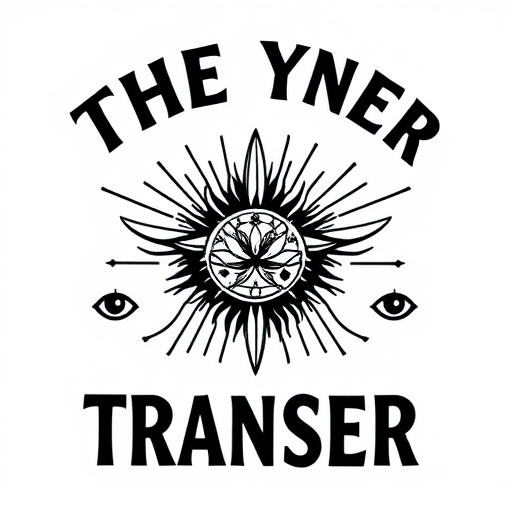
Selecting the optimal Direct-to-Film (DTF) transfer technology for your manufacturing environment is a crucial decision. It directly impacts efficiency, quality, and cost-effectiveness in mass production. Consider factors like material compatibility; whether you require flexographic or digital printing; and the specific DTF print requirements of your products. Flexo prints are ideal for high-volume runs with simple designs, while digital DTF offers greater flexibility for complex patterns and short runs.
Advanced DTF technologies now enable precise color matching, superior image resolution, and enhanced durability, making them suitable for a wide range of materials, from labels to industrial signage. Understanding your production scale, desired print quality, and material constraints will help guide you in choosing the most efficient and cost-aligned DTF transfer solution tailored to your manufacturing needs.
Implementation and Setup: Getting Started with DTF Printing in Manufacturing

Implementing heavy-duty direct-to-film (DTF) transfers in manufacturing environments is a game-changer for creating durable and precise prints on various surfaces. The setup process begins with selecting the right DTF printer, which offers high resolution and consistent color accuracy. These printers are designed to handle demanding manufacturing needs, ensuring long-lasting performance even with frequent use. Once chosen, the printer must be configured according to material type and print requirements, allowing for optimal results.
The next step involves preparing the design files, ensuring they meet the specific DTF Printing standards. This includes setting up the correct color profiles and resolution settings to match the desired print quality. With the files ready, the printing process can begin, producing high-quality DTF prints that are suitable for industrial applications. The versatility of DTF Transfer allows manufacturers to effortlessly create customized graphics, text, and patterns directly on various materials, revolutionizing their production capabilities.
Case Studies: Successful DTF Adoption in Various Industries

Direct-to-film (DTF) transfers have successfully transformed manufacturing environments across various industries. Case studies show that adopting DTF printing has led to significant improvements in productivity and efficiency. In automotive manufacturing, for example, DTF allows for precise, high-quality application of graphics directly onto car parts, streamlining the production process and reducing waste. Similarly, in electronics assembly, DTF prints intricate circuit patterns onto PCBs with remarkable accuracy, ensuring consistent performance and minimizing defects.
Moreover, the textiles industry has embraced DTF for creating durable, vibrant designs on fabric. This method eliminates the need for costly tooling and enables quick turnaround times, perfect for meeting fast-paced fashion trends. Additionally, DTF Transfer has found applications in packaging, where it produces eye-catching, high-resolution prints on various materials, enhancing product branding and appeal. These diverse examples underscore the versatility and advantages of DTF Printing, making it a game-changer for modern manufacturing processes.
Future Trends and Innovations in Heavy-Duty DTF Transfers

The future of heavy-duty DTF (Direct-To-Film) transfers in manufacturing environments is promising, with continuous innovations driving the industry forward. As technology advances, we can expect to see enhanced print quality and durability, enabling more complex and intricate designs on various materials. The development of new inks and coatings will play a significant role in improving DTF printing capabilities, resulting in vibrant and long-lasting DTF prints that withstand harsh conditions.
One of the emerging trends is the integration of smart materials and sensors into DTF transfers, allowing for interactive and responsive surfaces. This could involve incorporating conductive inks to enable touch-sensitive displays or temperature-sensitive elements, opening up possibilities for industrial applications in areas like healthcare, automotive, and smart factories. Additionally, the potential for 3D DTF printing is an exciting prospect, offering greater design flexibility and the ability to create more complex geometric patterns, which could revolutionize product customization and rapid prototyping.
